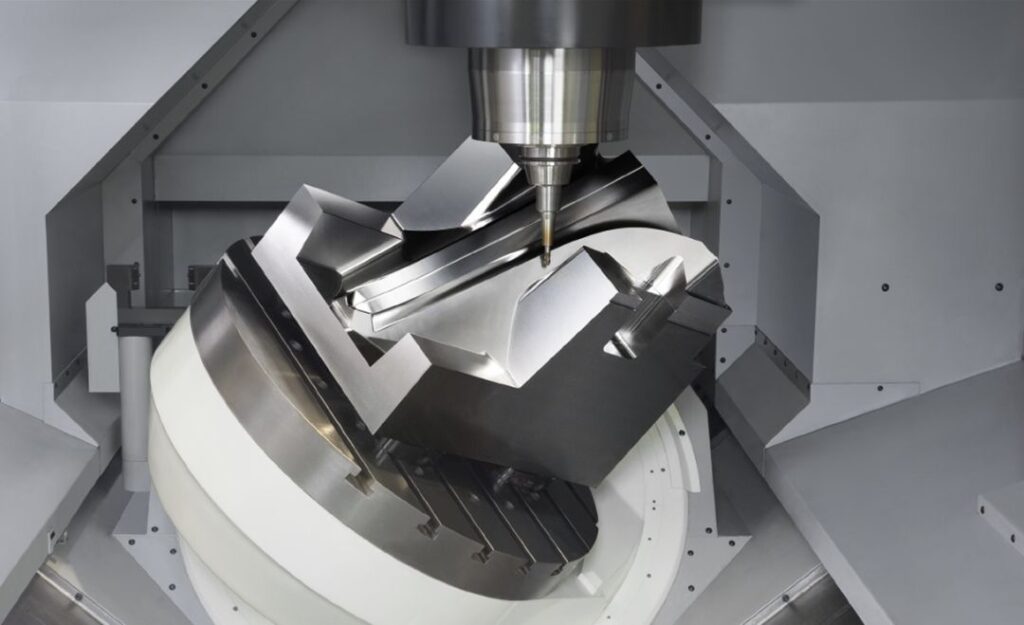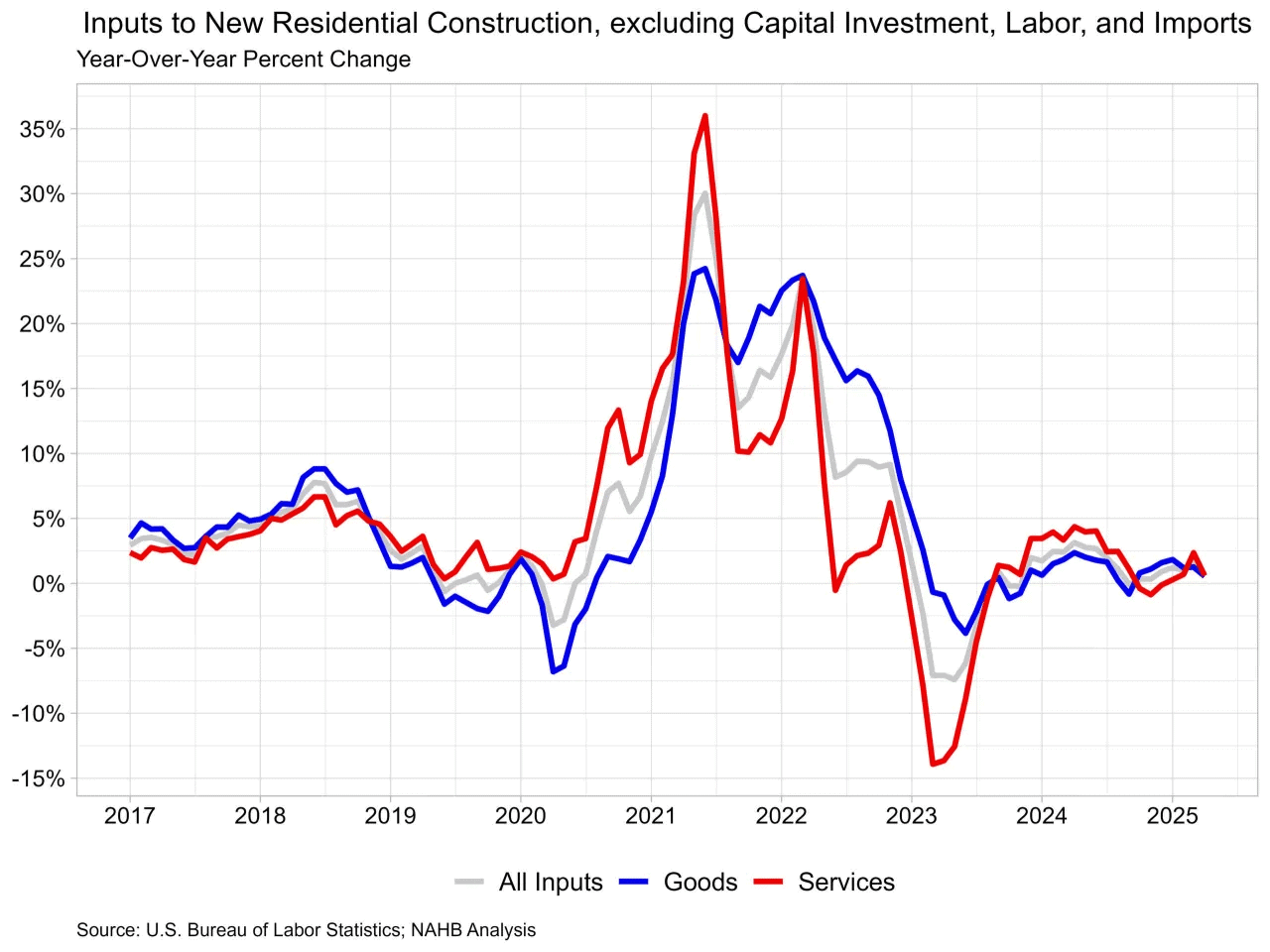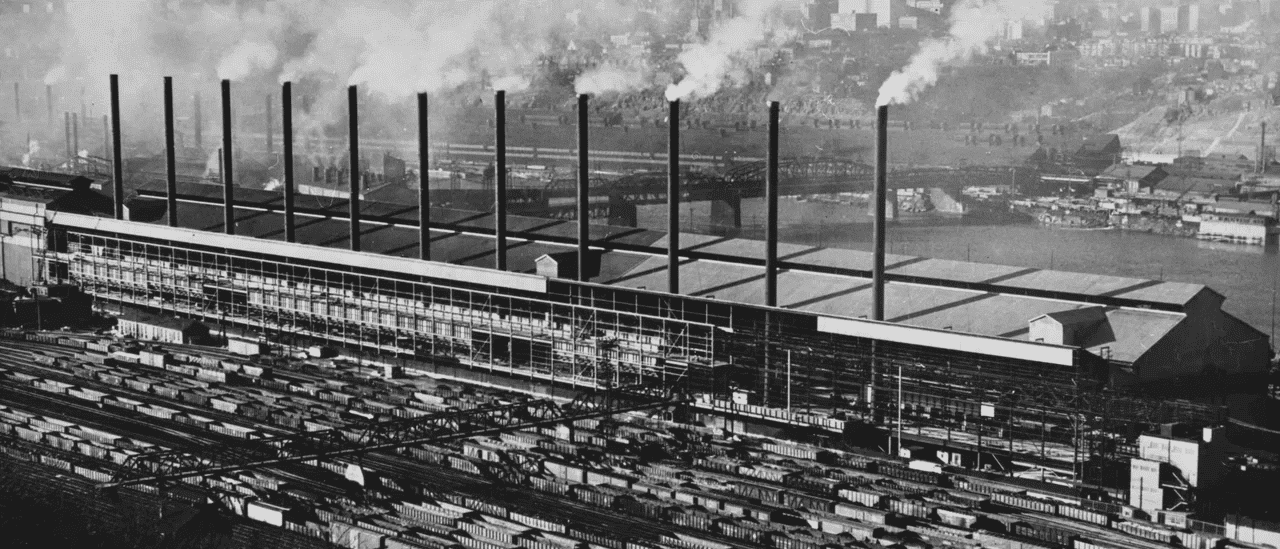
A 5-axis CNC machine allows machinists to work on five sides of a part in one operation. This helps reduce machining time and provides better accuracy. It also makes it easier to fabricate complex shapes.
It can also be used to create parts for the energy equipment industry. It can also open up new business opportunities for your company.
X-Axis
When the X, Y, and Z axes of a CNC machine are in motion, they create a plane where most machining occurs. These axes intersect to form a coordinate system, which is right-handed and can be used to communicate coordinate changes to the machine in real time. This allows the axes to perform cutting with more precision.
Adding the A and C axes to a three-axis CNC machine increases its ability to work in multiple rotational angles. This increased capability allows the machine to produce complex parts with complex geometries and fine detail. It also reduces the number of setups required, reducing labor hours and improving productivity.
Unlike 3D printers, five-axis CNC machines use servo motors to move the axes. The servo motors receive a signal from a machine controller, which then moves the axis. This process is very fast and accurate, with accuracies of up to.0002 inches. This is much faster and more accurate than 3-axis machines, which can only operate in three directions at a time. A 5-axis CNC machine requires a powerful rotary axis with sufficient rigidity and power to avoid jerking movements and errors.
Y-Axis
Unlike a 3-axis milling machine, which only moves the tool along the X and Z axes, the 5-axis CNC mill can also move the workpiece. This makes it ideal for cutting curved surfaces and complex geometry. Moreover, it can cut more accurate parts in less time.
Multiaxis CNC milling machines are used for machining complex shapes of turbomachinery components. They use rotary axes to provide the freedom to reach around parts with a high degree of flexibility. These axes include the X, Y, and Z axes, as well as the A and B axes. These axes can be used to generate various angled cuts, which improve the overall quality of the part.
Multi-axis CNC machines require more advanced technology and are more expensive than their 3-axis counterparts. However, they can provide greater flexibility and enable users to be more creative with their designs. They can also reduce production costs by reducing manual repositioning and increasing productivity. In addition, they can use a look ahead function to predict part collisions and overtravel. This allows the machines to avoid damage and save time.
Z-Axis
The Z axis is the vertical axis of a CNC machine, and it allows the tool to cut into the workpiece at varying heights. It also provides more precision in cutting than a 3-axis machine. The rotary axes of a 5-axis CNC machine are typically used in conjunction with the linear X and Y axes, which makes it possible to perform complex cuts that would be impossible using a three-axis machine.
5-axis machines allow the user to achieve a number of different shapes that were previously unattainable through multiple setups or special fixtures. This can save time and money by reducing the number of steps needed to complete a task.
While these advantages may be significant, there are a few drawbacks to 5-axis machining. First, the cost of a 5-axis machine can be prohibitive for smaller manufacturers. Another drawback is the increased complexity of a five-axis machine, which requires more advanced computer-aided design and machining software. In addition, the motion of the rotary axes can lead to collisions between the tool and the part. To avoid this, a 5-axis machine needs to have a look ahead function that calculates the next move in advance.
A-Axis
Unlike 3-axis machines, 5-axis CNC milling machines allow operators to reach all sides of a part simultaneously. This allows them to work faster and reduces the chance of human error. It is also ideal for complex projects that require precise dimensions. It is used in many industries, including aerospace, medical technology, automotive, research and development, and the military.
5-axis machining is ideal for mechanical parts that need to fit together precisely. This includes medical equipment, where any flaws in the cuts could render them unusable. It is also useful for automotive parts, as it ensures the proper fit of mechanical and electrical components.
While a five-axis machine offers superior precision, it has several limitations. It can be more expensive than traditional three-axis machines, and requires specialized CAD/CAM software to handle the extra movement. Additionally, it can take longer to set up a project. It is also important to remember that the extra motion can cause collisions. Hence, it is vital to have a comprehensive machine tool safety plan. These guidelines can help prevent accidents and injuries.
B-Axis
A B-axis CNC machine adds another rotational axis to the three previously established linear axes, giving it the ability to rotate a part or tool around the X-Y-Z coordinate system. Depending on the design of the machine, the B-axis may be used alone or in conjunction with either the A or C axes.
This makes a five-axis CNC milling machine better equipped to perform milling, turning and contouring. Combined with a high-performance CNC control, this type of machining can produce parts with complex geometries that would be impossible to create with 3-axis machines.
A rotary table with a tilting spindle is used to move the workpiece in the B-axis, allowing it to cut and shape pieces that have multiple angles and contours. In addition, this type of machining can reduce setup times and improve accuracy. However, shops that are hesitant to invest in a B-axis machine should consider working with an experienced machine tool dealer and CAM provider to ensure that the technology is fully utilized. This will help them reduce production costs and increase profitability.






























